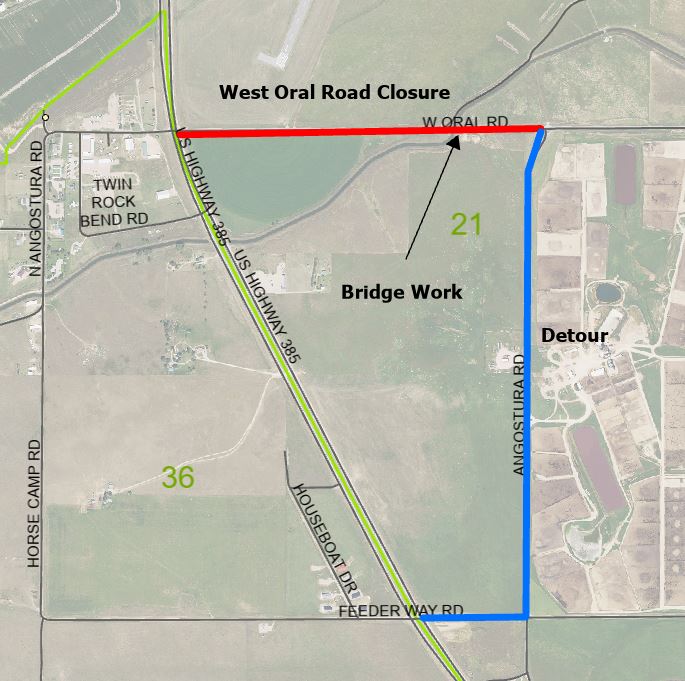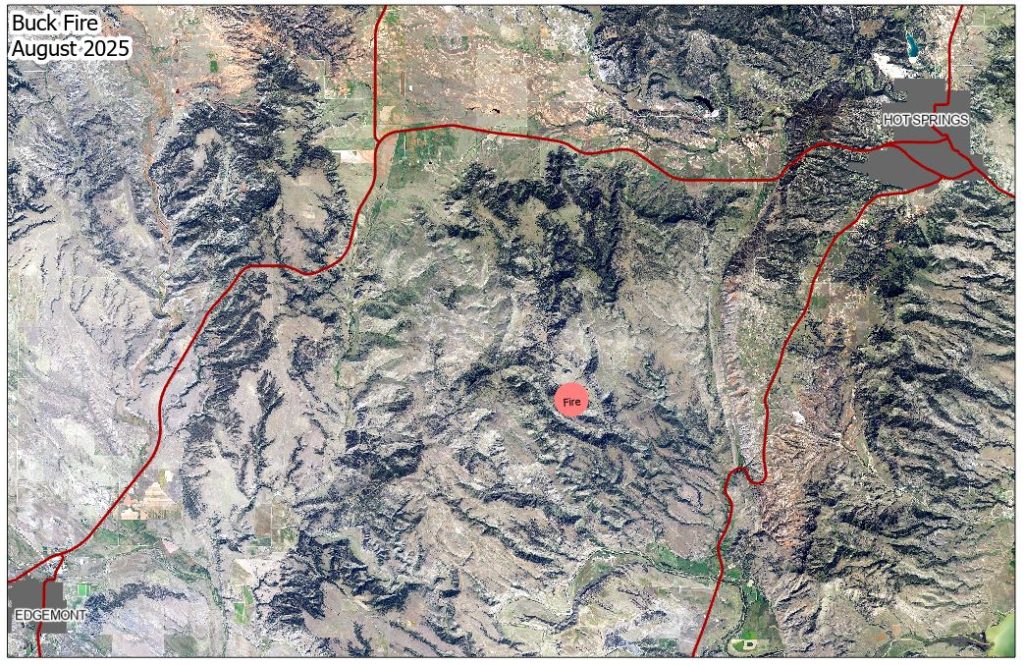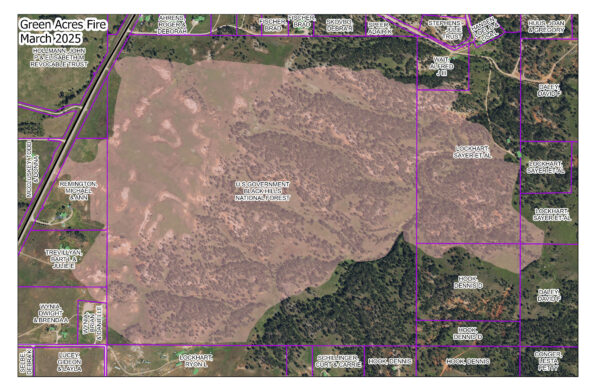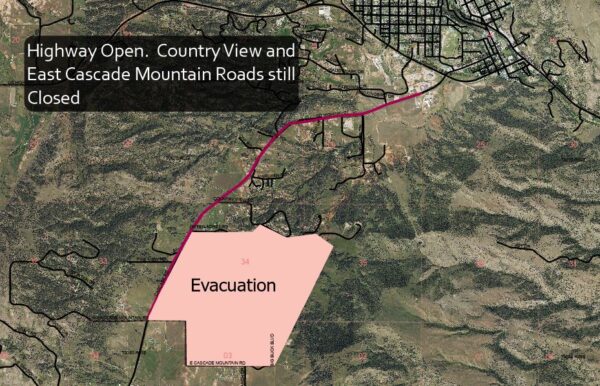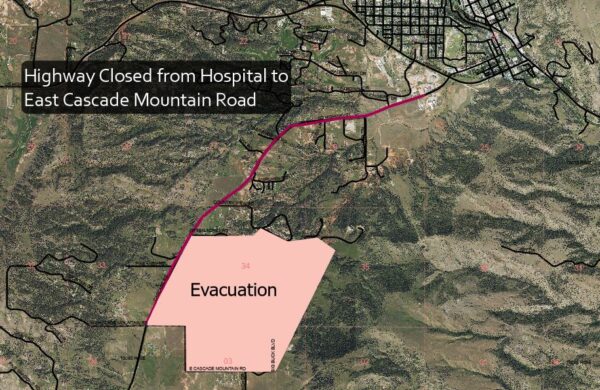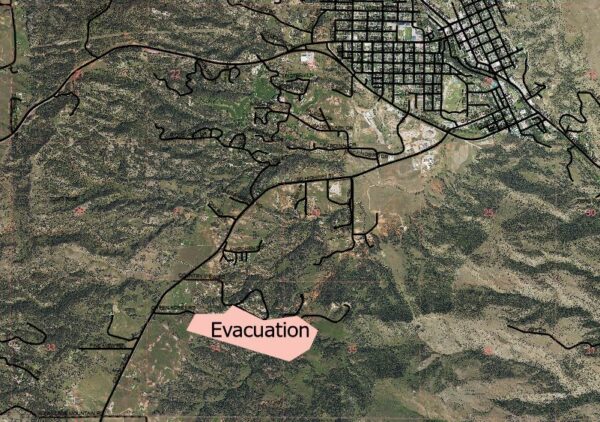Update 12/11/2025: West Oral Road is open.
Original Post: A one mile section of West Oral Road is closed for bridge work. This closure is from the intersection of US Highway 385/18 to the intersection with Angostura Rd. Please use Feeder Way Road and Angostura Road as a detour. This closure will continue from December 8th to the 15th unless work concludes earlier.
